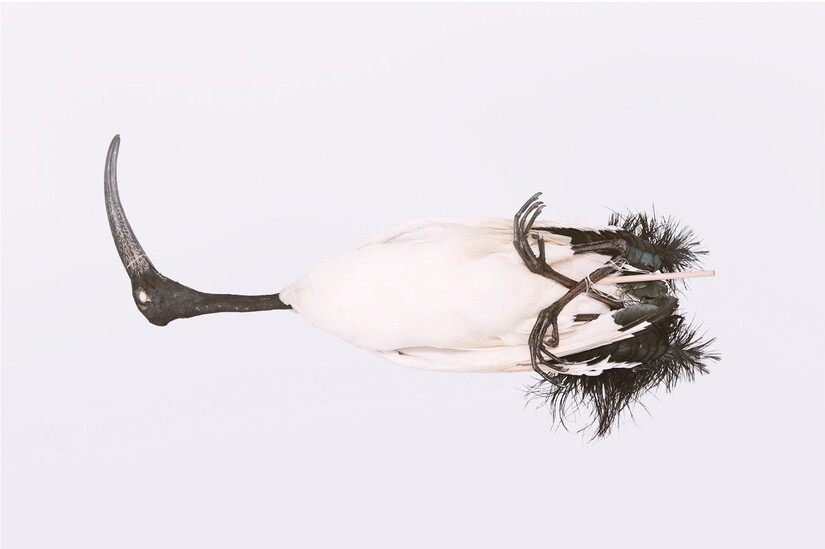Originally from Egypt where it is currently endangered, the sacred ibis is a historical symbol of Egyptian culture but considered one of the top 100 invasive species of the world. It is identified as a pest species in France, Italy, Spain and the United States.
In Taiwan, the first specimens were believed to have escaped from a local zoo after a typhoon damaged an enclosure in 1984. Today there are about 3,000 individuals in the wild. One of the methods to control the ibis population, which is used commonly on invasive birds, is to rub corn oil over the eggs. But this method has proved ineffective as the rain and the constant incubation by the parent birds removes the oil on the eggs.
There is no conclusive evidence that ibises harm native ecology. Some believe that the predatory species poses a threat to local species that share a similar biological niche, such as egrets, herons and terns, but no scientific research has proven this. The only visible damage that ibises cause is to vegetation in places where it nests, but these damages can be made by local water birds as well.













